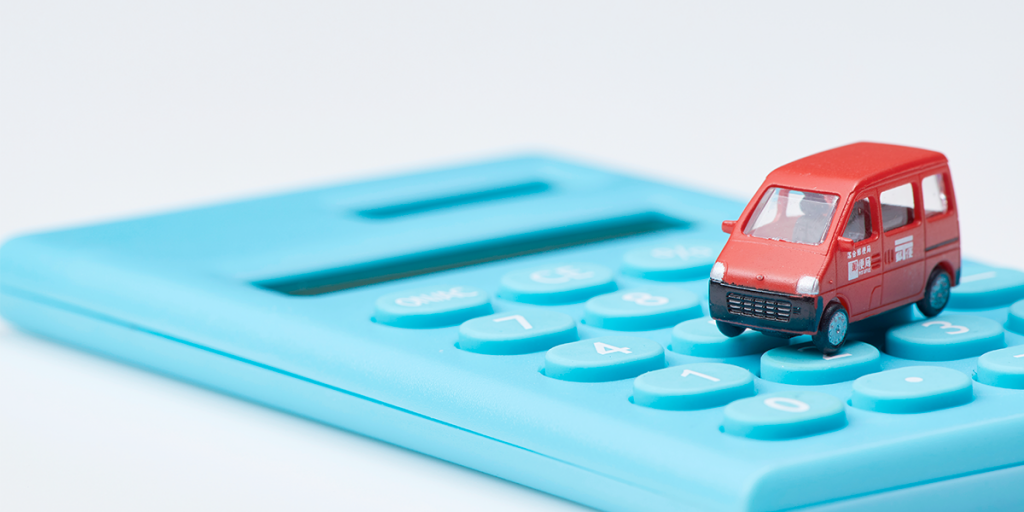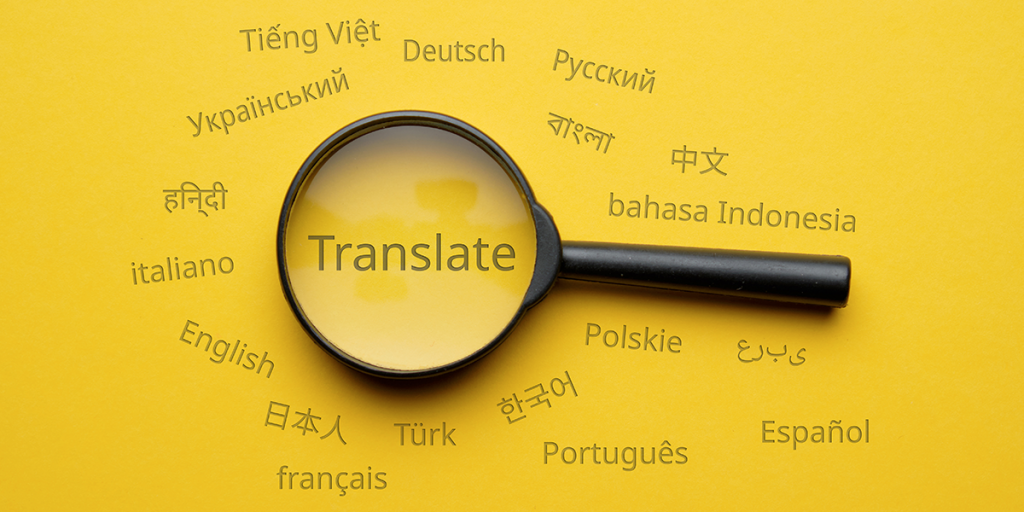Choosing a name is essential when selling a product. In the automotive field, you have to take into account its connotations and how easy it is to say in any language.cirse en cualquier idioma.

There are notable cases both in Spanish – with the Mitsubishi Pajero, the Nissan Moko, the Mazda Laputa and the Kía Borrego – , and in English (the Mazda Dump) or French (the Toyota MR2 and the Toyota Etron). Due to certain miscalculations or unrelated twists on the original idea, some car names go awry along the way.
These mistakes happen despite the fact that behind all of them there is a team of professionals devoted to naming each product. In general, a maxim prevails: that it is simple, that it can be exported to various markets and that it contributes something positive. And also: that it doesn’t play against you. Put like that, it sounds easy. But think about the blunders mentioned above and you’ll realize it’s not so easy. The act of naming something is more complicated than it seems.
Núria Vidal, head of naming at the Summa agency, based in Barcelona, knows this. At this branding company they keep in mind that “the name is the element with the longest time horizon of a brand and is, on many occasions, the first point of contact that the public has with a company”. A good name, they say, can “help a lot” to “build the desired perception” for a new product. A naming mistake can lead to having to invest “more time and money in communication and marketing” and even hinder the future growth of the business.

Vidal is a believer in the importance of names and, as head of the naming department, she says that any process of this type entails, broadly speaking, three steps. First, a creative stage; then a legal stage, to eliminate possible irregularities, and, finally, validating it and testing it with a population sample. “It has to connect with the public, be aligned with it, and encompass a certain symbolism that fits with the spirit and values of the company,” she says.
Within these parameters, she lists some qualities beyond simplicity: that it be short, easy, manageable, without pronunciation difficulties and valid worldwide. In other words: that it is not impossible to pronounce in other languages and that it does not give rise to misunderstandings, as happens with Moko and Laputa.
She also alludes to the Audi Q3, which in Spanish sounds like “cutres”, or seedy. “The Pajero is a classic, which they changed for Montero,” reflects Vidal, “but with the Audi the brand is so strong that it transcends the possible play on words with the letter and the number.” The expert provides some more examples in other languages: the Toyota MR2 sounds “very bad” in French: “It sounds like poop.” The same goes for the Audi Etron, which could be translated as excrement in French. “It’s all very eschatological,” she notes. Also, the Silver Mist category does not refer to mist in German, but to dung. And in English there was a Mazda Dump that sounded weird, for obvious reasons. “But there aren’t usually that many mistakes in English, because it’s been widely tested,” she explains.



According to Vidal, there have been several generations of names, and several trends. Remember those years in which SEAT named its cars after Spanish cities, such as Marbella, Ronda and Malaga? Or the generations of cars with austere names like the Ford Fiesta and the Ka? “We also see lots of Greek gods and goddesses, such as the Orion, the Eos, the Mégane and the Daewoo Kalos: “There are brands that use more space for their names, while others prefer acronyms.”
An example: Mercedes. Or BMW. Or the aforementioned Audi. In these high-end brands, the brand itself almost always prevails. “We can have a class A Mercedes, or a certain code that refers to the engine, but this is omitted,” she says. “Iconic and toponymic names can also get used up,” she adds.
The current trend seems to be a return to the austere. The most paradigmatic example is the famous Tesla, Elon Musk’s brand. These five letters already generate an entire imagery. It is not always this way. “The formula is impossible to know,” insists Núria Vidal. There are names that seemed optimal and then have failed. “For many reasons, you have something good but then the model fails, or the timing is wrong… There are many variables.” Vidal leaves us with an example to the contrary: Häagen Dazs, the ice cream brand with half German and half Danish origins. “A complicated name, with a spelling that is hard to remember, with strange sounds and many consonants, and that everyone has easily adopted,” she muses. Because there are involuntary failures, but also unforeseen successes. In cars and in the rest of the elements that surround us.